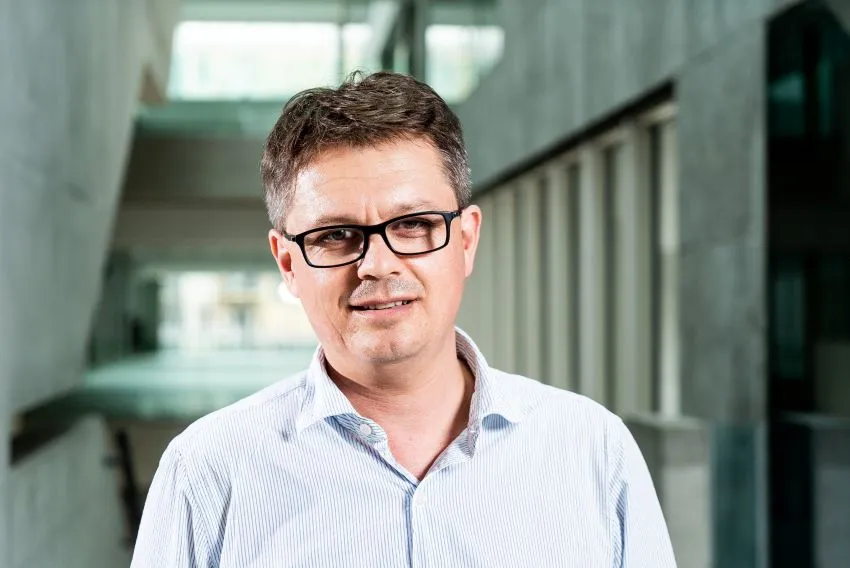
Biodiversity, Protection for Our Future
The scientific community has been sounding the alarm over the loss of biodiversity for many years. The data shows that we are experiencing what is called the sixth mass extinction: since 1970 there has been a loss of more than 70% of populations of vertebrates (mammals, birds, fish, reptiles and amphibians) and more than 75% of ecosystems is damaged or seriously compromised. The causes of this rapid transformation are linked to the exploitation of natural resources, deforestation and changes in land use, the climate crisis, pollution and the spread of invasive species.
The consequences of these dynamics risk compromising the vitality of ecosystems and their ability to provide the services we depend on. Biodiversity is in fact a fundamental organizational factor of ecosystems, which influences their productivity and functionality. From their health comes the possibility of providing the services on which our well-being depends, including the supply of resources (food, water, wood, fiber, etc.), climate regulation, photosynthesis, waste disposal, the recycling of nutrients, without forgetting cultural, aesthetic and recreational value. The World Economic Forum (2020) has estimated that more than half of global GDP (approximately $44 trillion) depends on the functionality of ecosystems. Entire industrial sectors are exposed to risks resulting from the loss of natural capital.
At a policy level, a fundamental step was taken at the COP 15 in Montreal, Canada (December 2022) with an international treaty of great importance, involving 188 countries and representing for biodiversity what the Paris Agreement did for climate. This is a complex action plan that includes various measures to try to counteract the loss of terrestrial and marine habitats. Among these, the protection of 30% of the planet (to date, only 17% of the earth's surface and 8% of the oceans are protected), the recovery and restoration of the functionality of 30% of damaged ecosystems and the active involvement of industry and finance to make natural capital an asset worth investing in.
Europe is undoubtedly at the forefront. In 2020 it presented a new strategy to protect terrestrial, marine and forest ecosystems, aligned with the objectives of the Green Deal. The plan is supported by significant allocations from various EU funds, but also aims to mobilize huge private resources and could generate up to 500,000 new jobs.
In line with the Montreal agreement, Europe aims to protect at least 30% of the land and sea surface (+4% land and +19% sea surface compared to today). Special attention is paid to areas with high biodiversity value, which must be protected in a more rigorous and binding way. The program requires that at least 10% of protected areas comply with these criteria. The strategy also identifies other measures. Among these, a radical change in European agriculture, with a new plan on biodiversity which must be integrated into the "From Farm to Fork" strategy and a new Common Agricultural Policy, promoting organic farming (which by 2030 must represent at least 25% of existing agricultural surface), and reducing pesticides and chemicals (-50%), and fertilizers (-20%). Other innovative measures focus on the risk of extinction of pollinators and the creation of urban green areas, an increasingly important fact to address the climate crisis since city greenery acts as a thermostat to regulate temperatures.
Unfortunately, too little is still being done in Italy to protect nature. Although Next Generation EU has allocated approximately 37% to climate and biodiversity resources (over €400 billion), the National Recovery and Resilience Plan (PNRR, the Italian acronym) is decidedly too timid on these issues. The protection of our habitats is still seen as a cost, not as an investment to protect our future and an opportunity to guarantee the competitiveness of the country.